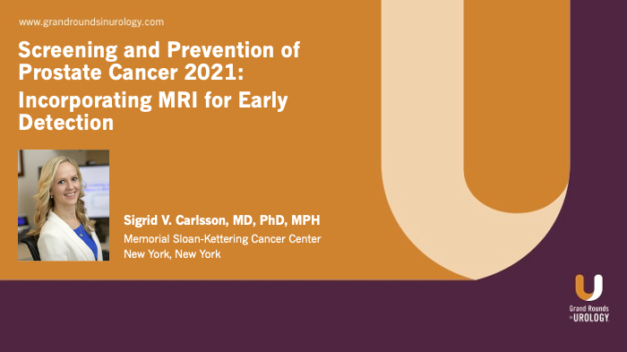Does the Radiation Dose Required to Eradicate Local Disease Differ by Gleason Grade Group?
Nelson N. Stone, MD, Professor of Urology, Radiation Oncology, and Oncological Sciences at the Icahn School of Medicine at Mount Sinai and at the Derald H. Ruttenberg Cancer Center at Mount Sinai, discusses the radiation dose requirements for local disease eradication and the implications for focal therapy. He presents studies of external vema radiation and brachytherapy, which both showed that as the radiation dose increased the likelihood of a positive biopsy decreased two years post treatment. Dr. Stone concludes that it does not matter what type of disease the patient has, it matters how much radiation is used to get rid of the disease. Longer term follow up is needed to see the impact of radiation doses. Post-irradiation biopsies imply that a BED of over 240 Gy can eradicate all prostate cancer. If a tumor is small then there is a potential for a high dose of radiation just to the affected regions. Larger tumors or cases with extensive multifocality will require a full dose treatment with a full or partial implant.
Read More




